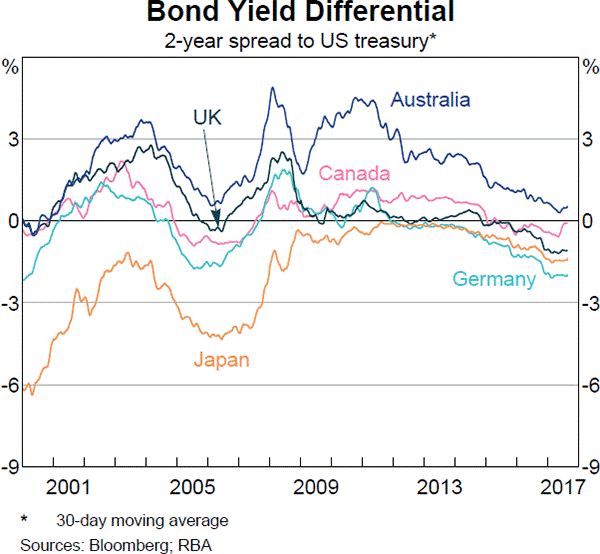A company has:
- 100 million ordinary shares outstanding which are trading at a price of $5 each. Market analysts estimated that the company's ordinary stock has a beta of 1.5. The risk-free rate is 5% and the market return is 10%.
- 1 million preferred shares which have a face (or par) value of $100 and pay a constant annual dividend of 9% of par. The next dividend will be paid in one year. Assume that all preference dividends will be paid when promised. They currently trade at a price of $90 each.
- Debentures that have a total face value of $200 million and a yield to maturity of 6% per annum. They are publicly traded and their market price is equal to 110% of their face value.
The corporate tax rate is 30%. All returns and yields are given as effective annual rates.
What is the company's after-tax Weighted Average Cost of Capital (WACC)? Assume a classical tax system.
A 90-day $1 million Bank Accepted Bill (BAB) was bought for $990,000 and sold 30 days later for $996,000 (at t=30 days).
What was the total return, capital return and income return over the 30 days it was held?
Despite the fact that money market instruments such as bills are normally quoted with simple interest rates, please calculate your answers as compound interest rates, specifically, as effective 30-day rates, which is how the below answer choices are listed.
##r_\text{total}##, ##r_\text{capital}##, ## r_\text{income}##
The hardest and most important aspect of business project valuation is the estimation of the:
Question 444 investment decision, corporate financial decision theory
The investment decision primarily affects which part of a business?
The efficient markets hypothesis (EMH) and no-arbitrage pricing theory are most closely related to which of the following concepts?
An equity index stands at 100 points and the one year equity futures price is 107.
The equity index is expected to have a dividend yield of 3% pa. Assume that investors are risk-neutral so their total required return on the shares is the same as the risk free Treasury bond yield which is 10% pa. Both are given as discrete effective annual rates.
Assuming that the equity index is fairly priced, an arbitrageur would recognise that the equity futures are:
The standard deviation of monthly changes in the spot price of corn is 50 cents per bushel. The standard deviation of monthly changes in the futures price of corn is 40 cents per bushel. The correlation between the spot price of corn and the futures price of corn is 0.9.
It is now March. A corn chip manufacturer is committed to buying 250,000 bushels of corn in May. The spot price of corn is 381 cents per bushel and the June futures price is 399 cents per bushel.
The corn chip manufacturer wants to use the June corn futures contracts to hedge his risk. Each futures contract is for the delivery of 5,000 bushels of corn. One bushel is about 127 metric tons.
How many corn futures should the corn chip manufacturer buy to hedge his risk? Round your answer to the nearest whole number of contracts. Remember to tail the hedge.
Question 810 CAPM, systematic and idiosyncratic risk, market efficiency
Examine the graphs below. Assume that asset A is a single stock. Which of the following statements is NOT correct? Asset A:

Question 968 foreign exchange rate, forward foreign exchange rate, cross currency interest rate parity, no explanation
Below is a graph showing the spread or difference between government bond yields in different countries compared to the US. Assume that all governments have zero credit risk.

According to the principle of cross-currency interest rate parity, which country is likely to have the greatest expected currency appreciation against the USD over the next 2 years?
Question 990 Multiples valuation, EV to EBITDA ratio, enterprise value
A firm has:
2 million shares;
$200 million EBITDA expected over the next year;
$100 million in cash (not included in EV);
1/3 market debt-to-assets ratio is (market assets = EV + cash);
4% pa expected dividend yield over the next year, paid annually with the next dividend expected in one year;
2% pa expected dividend growth rate;
40% expected payout ratio over the next year;10 times EV/EBITDA ratio.
30% corporate tax rate.
The stock can be valued using the EV/EBITDA multiple, dividend discount model, Gordon growth model or PE multiple. Which of the below statements is NOT correct based on an EV/EBITDA multiple valuation?